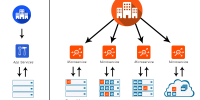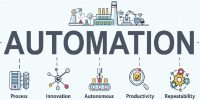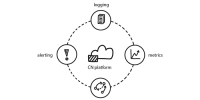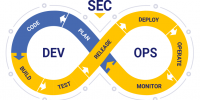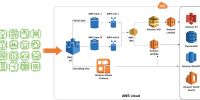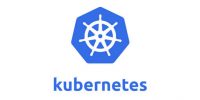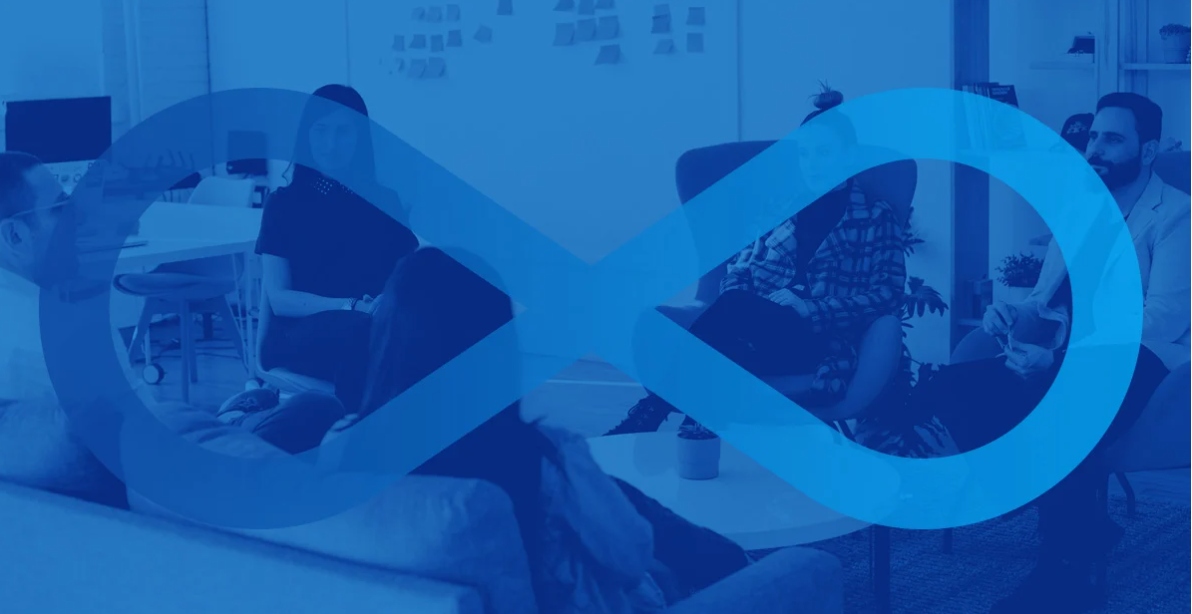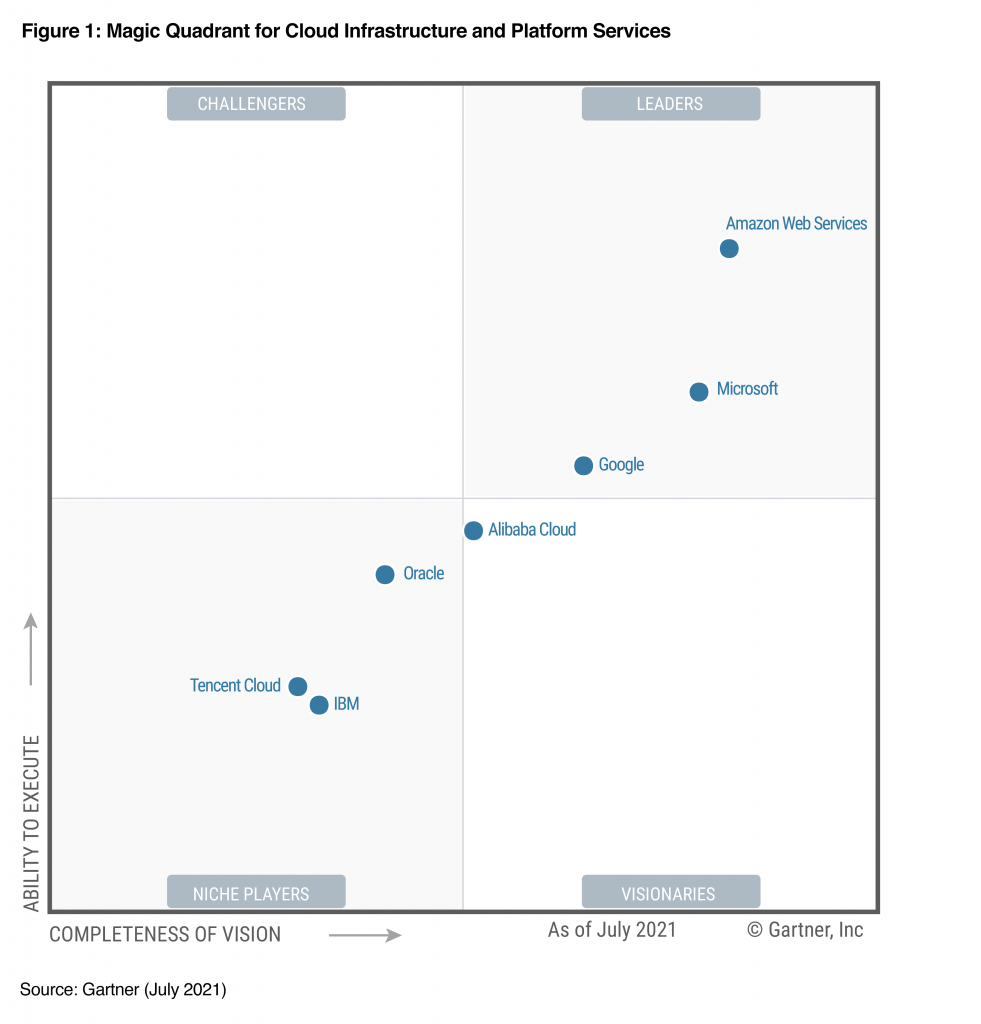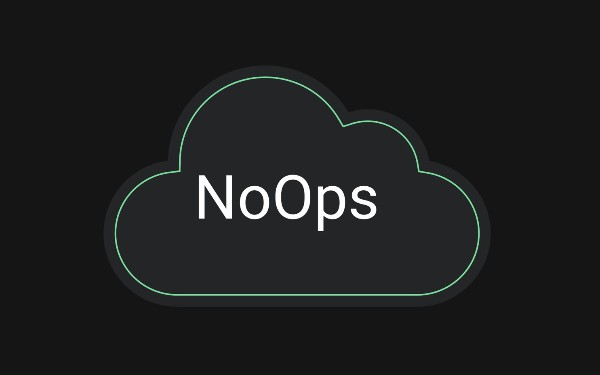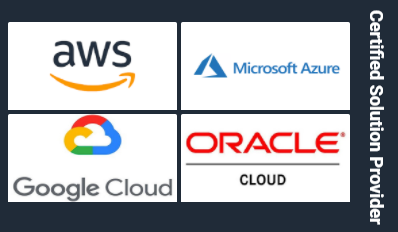Enterprises have been moving away from conveyor belt-style project delivery with hardware and software resource planning, ordering, and integration. Instead, they’re taking advantage of increasingly flexible cloud resources combined with DevOps. This methodology provides a way to address the question, “If we can provision resources quickly and easily, how can we complete entire projects with similar responsiveness?” The goal is to make better-quality software quicker and more easily.
With the DevOps approach, structured communication still takes place, but in an iterative, incremental fashion, much like polishing a jewel. Instead of lofty goals set in the somewhat distant future, practical solutions can be created, deployed, and adjusted. The process gets applications in the hands of end-users far sooner, smooths any rough edges using actual user feedback, and helps organizations not only become more responsive to changing needs but also make much more efficient use of valuable software development and operations resources.


